The Home of Captain Cook, Oceania's Ambitions
���ڣ�10-08-2019����Since the 1950s, Melbourne has been able to hold large international expositions because of the rapid development of gold mining and agricultural exports. Under the proposal of Graham Berry, the General Secretary of Victoria, Melbourne, it has entered the preparatory stage of the World Expo since 1877.
����The city of Melbourne, located in the Australian territory of Victoria, hosted a World Exhibition between October 1880 and April 1881. The event, which attracted 1.3 million visitors, was considered a major feat for Victoria.
����With its Governor stating ��It is a source of legitimate pride for the people of Victoria, a colony, a territory that was unknown less than half a century ago. The abundance of natural resources, the wisdom of laws, initiative, intelligence and industry of its people helped to successfully implement this great project.��
����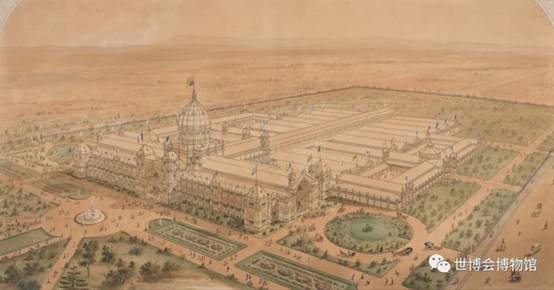
����Bird's eye view of Expo Melbourne 1880
����Official Name: Expo 1880 Melbourne
����Dates:01/10/1880 - 30/04/1881
����Theme: Arts, Manufactures and Agricultural and Industrial Products of all Nations
����Official Designation: International Exhibition of Arts, Manufactures and Agricultural and Industrial Products of all Nations
����Visitors:1,330,000
����Area (ha): 25
����Participants:33
����Beautiful Carlton Garden
����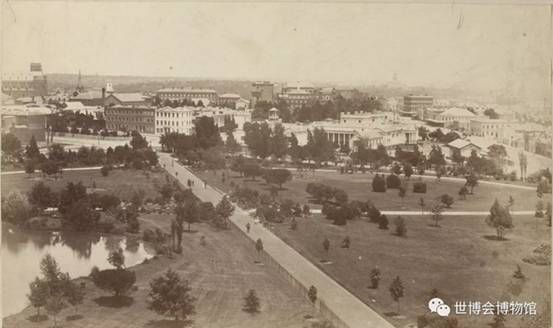
����Bird's eye view of Carlton Garden
����Royal Exhibition Building
����The Melbourne Exhibition Building and the Carlton Gardens that surround it were designed for the Expo by Joseph Reed.
����Unlike previous expos, some of the pavilions of Expo 1880 Melbourne were intended to be retained for a long time. The expo covers an area of 255,000 square meters, and its central exhibition hall covers 85,000 square meters. The most representative exhibition hall is Melbourne Exhibition Building and the Carlton Gardens that surround it were designed for the Expo by Joseph Reed.
����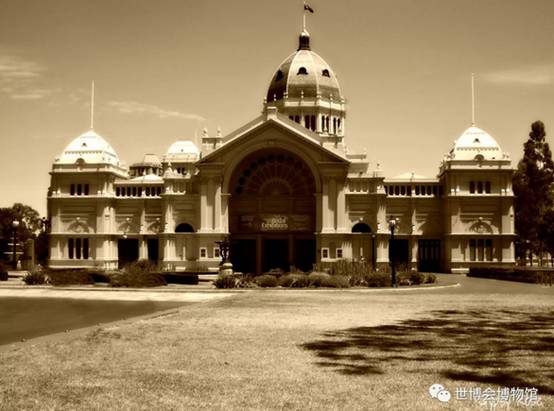
����The front of Royal Exhibition Building
����The 12,000 square meters building, which was made of brick, wood, steel and slate, drew on a range of architectural styles including Byzantine, Romanesque, Lombard and Italian Renaissance. It was built with a 60-metre dome inspired by Florence��s Duomo.
����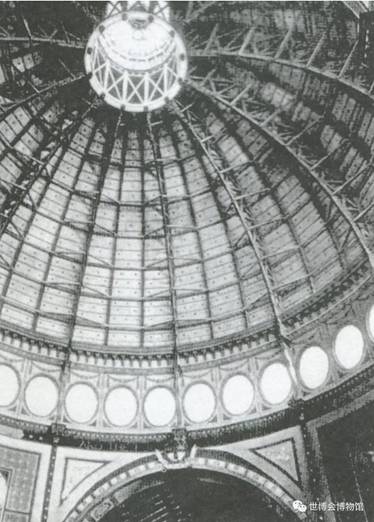
����Dome of main building
����Royal Exhibition Building VS Crystal Palace
����The Royal Exhibition Building inherited the architectural style and decoration of the Crystal Palace of Expo London 1851. But they are different.
����The Crystal Palace is not a permanent building. Its materials are mainly steel and glass, which for the convenience of construction and short-term use.
����The Royal Exhibition Building is a successful permanent building with solid walls and roof. When time goes by, as if time never changed its appearance, it just stand quietly, its classical make people yearn for it.
����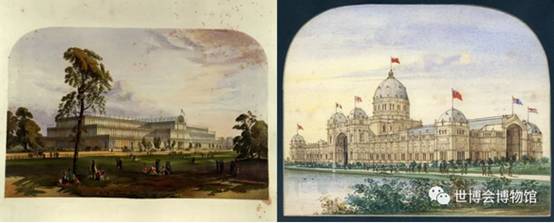
����Crystal Palace(Left)\ Royal Exhibition Building(Right)
����After the Expo, the Exhibition Building had been used as exhibition hall, printing house, aquarium, state house and so on. Later, it was the site of the opening of the first Federal Parliament of Australia in 1901. In 2004, Royal Exhibition Building and Carlton Garden received UNESCO heritage status.
����It is the earliest surviving world expo site, and the host city's tradition of designing iconic buildings continued well until the World War II.
����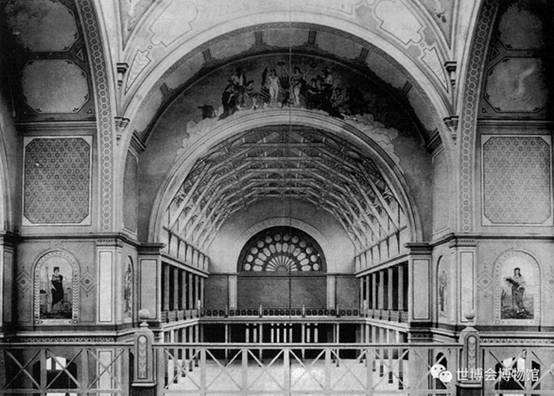
����The hall of Royal Exhibition Building
����Some 33 countries participated in the Expo, including the United States, Germany and the United Kingdom. Within the Melbourne Exhibition Building, built for the occasion, exhibitors showcased a diverse range of objects including iron and steel products, pharmaceuticals, jewellery, office stationary, pipes, photographs, musical instruments, wine, and samples of natural products from the Pacific Ocean, among others.
����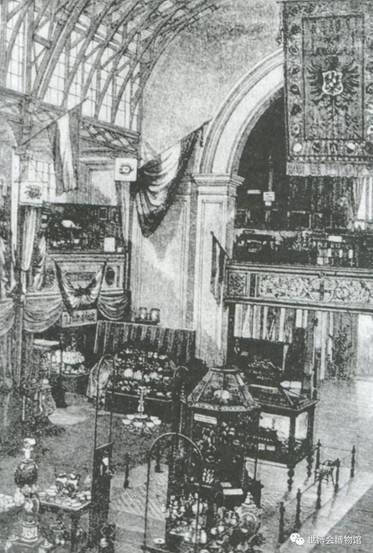
����Australian exhibits
����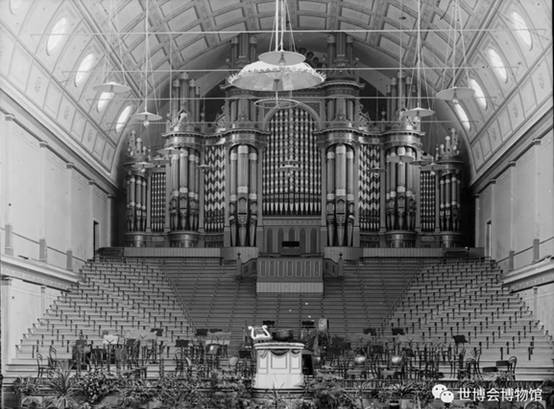
����The great organ pavilion
����
����British pavilion
����The British Pavilion displayed carpets, various chemicals, equipment and leather accessories.
����The Victorian Pavilion demonstrated - in a form of dodecahedron rhombic �C the total amount of gold mined in the colony since 1851.
����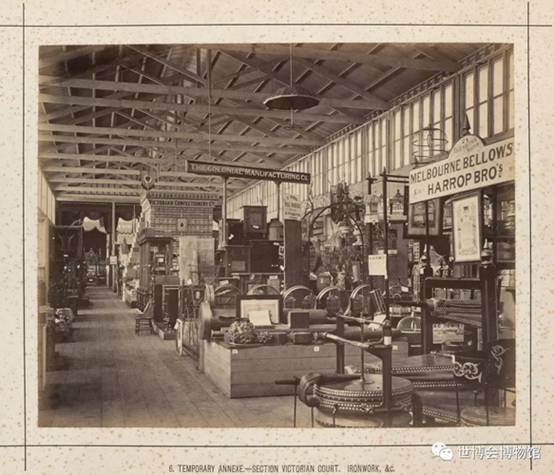
����Temporary exhibition in Victoria pavilion
����Its machinery section displayed locomotives, proving the industrial capabilities of the colony.
����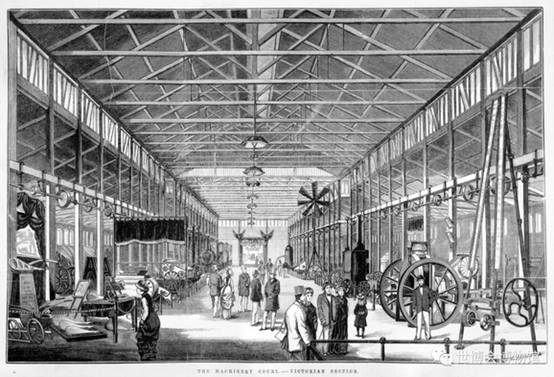
����Mechanical pavilion
����Visitors were given the opportunity to discover and experience each country��s culture, norms and specialities. In the different pavilions, for example, they could take a break to try Indian tea, Dutch cocoa or beer from Austria and Germany.
����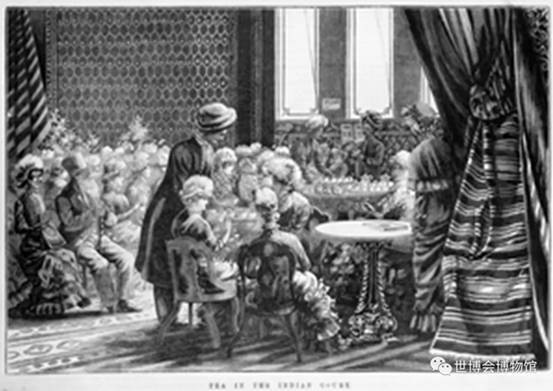
����Tea in India Pavilion
����The classic image was recognized
����Captain Cook
����To Australians and New Zealanders, Captain Cook's influence and reputation may exceed that of Columbus��s in the minds of Americans. In addition to Cook Strait, Cook Islands and other places, Cook's image is almost everywhere.
����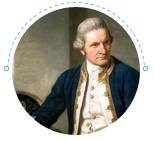
����Captain Cook
����In September 1879, the first world expo of the southern hemisphere was held in Sydney to coincide with the 100th anniversary of cook's death, a real-size bronze statue of Captain Cook stands in front of the Australian Pavilion.
����The main building of Expo 1880 Melbourne remains as a cultural heritage of the United Nations, many of Cook's books and works of art has been on display.
����Chloe
����French painter Jules Joseph Lefebvre created the oil painting "Chloe" in 1875. This painting is very famous in the nude figure painting area in late 19th century. Both the painter and the painting had won the gold medal of French art honor.
����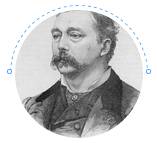
����French painter
����(Jules Joseph Lefebvre)
����"Chloe" was exhibited as a selected work by France at the Expo 1879 Sydney and Expo 1880 Melbourne, winning widespread praise but also got controversy.
����Especially at the Expo 1880 Melbourne, when the image of a naked girl appeared in exhibition, it was strongly opposed by some conservative people, especially religious people, and the media also launched a heated discussion about it.
����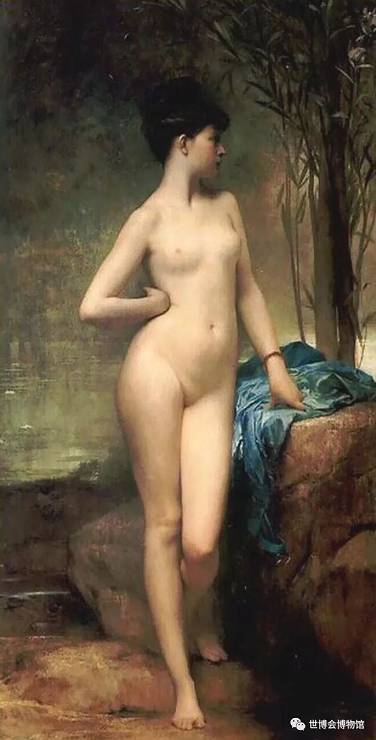
����Painting "Chloe"
����"Chloe" was bought by Melbourne collector Thomas Fitzgerald after the expo, and the collector had been criticized for a long time. It took more than 100 years for "Chloe" to be accepted and loved and become one of Melbourne's cultural symbols. The painting is currently on display in a private room at the Jackson hotel in Melbourne.
����Every world expo,
����Regardless of size,
����Have made human progress on a new level;
����Every city that hosts the world expo,
����Famous or not,
����There are new opportunities.
����Melbourne,
����Because of the world expo,
����A force pushing it forward is also emerging
����The Expo was a shot of adrenaline to a city that was already enjoying rapid growth. The event attracted 1.3 million visitors at a time when Australia��s population was only 2.2 million. In the decade following the Expo, Melbourne��s population doubled to half a million, and the success of the Expo justified the decision to hold Australia��s Centennial Exhibition in Melbourne rather than in Sydney, the city��s long-standing rival.